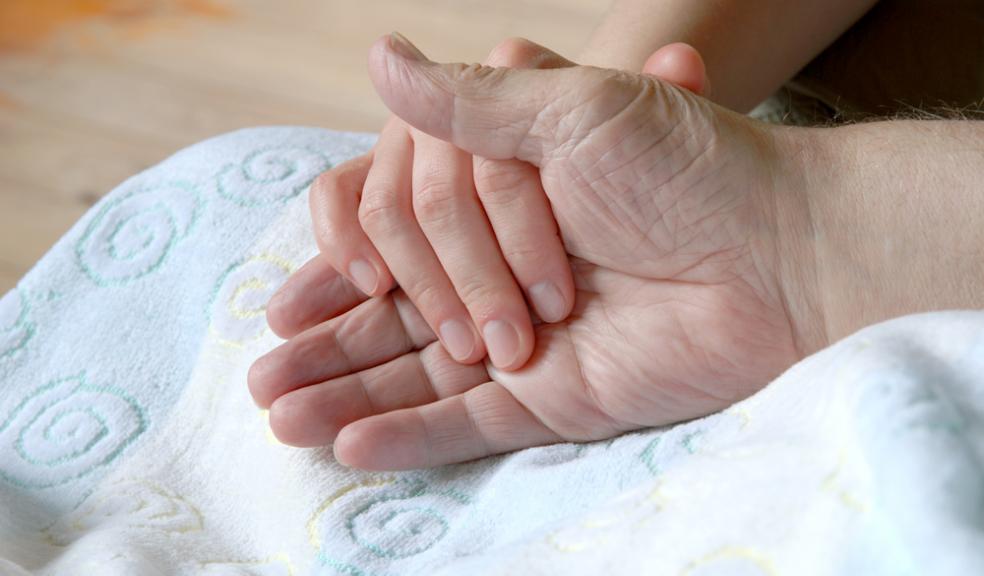
More people ending their lives at home or in care homes
The proportion of people dying at home or in care homes increased from 38% in 2008 to 44% in 2012, according to a new report on end of life care, ‘What We Know Now’, from Public Health England’s National End of Life Care Intelligence Network (NEoLCIN).
This evidence suggests that around 24,000 more people died at home or in care homes in 2012 compared to four years ago, reflecting the desires of many people to stay at home to die.
However, the report also found there were large variations in the proportion of deaths in hospital between 2009 to 2011. Local authorities with highest and lowest rates ranged from 69% in some areas to 38% in others, although the reasons for this are complex.
Plymouth was broadly in line with the national average.
The report brings together research during the past year from a wide range of research organisations and charities. It looks at the influence of marital status and ethnicity on place of death, patient experience, the role of community and palliative care and many other factors.
Professor Julia Verne, Clinical Lead at PHE’s National End of Life Care Intelligence Network said:
This is the second annual report summarising research across the country on where people die and what influences this. This year has seen another leap forward in our understanding and the statistics reflect progress by the NHS and the voluntary sector in supporting more patients to die in their place of choice. However, we cannot be complacent, the report highlights some aspects of patient experience which must improve, especially the care of the dying in hospital.
Professor John Newton, Chief Knowledge Officer at Public Health England said:
"Three years ago we knew very little about how and where people died in England. The National End of Life Care Intelligence Network has made a huge difference and the new knowledge is being put rapidly into action to enable people to have a better death."












